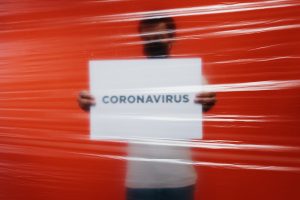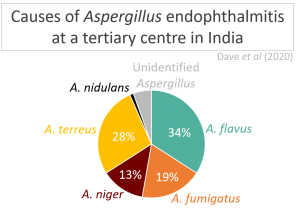Submitted by helenfindon on 16 July 2019
A new review explores the usefulness of electromagnetic navigation bronchoscopy in diagnosis of fungal infection and other benign and malignant diseases of the trachea and proximal bronchial tree.
The most common approach to lung lesion biopsy is computed tomography (CT) guided transthoracic needle aspiration (TTNA), giving a diagnostic yield of 92%. Ultrasound-guided TTNA is also used for subpleural lesions where there is no intervening air that would attenuate the ultrasound waves. It has a similarly high diagnostic yield of 89%. There are problems with these methods though, including collapsed lung and an unsuitability for biopsies in the lower part of the lung or in patients with COPD or patients who have had pneumonectomy – many of these issues would be present in patients with CPA and ABPA and so ENB may be a useful tool for such patients.
This review describes what electromagnetic navigation bronchoscopy (ENB) is and gives guidance on carrying out the procedure and an overview of when is can be used and its effectiveness. For example, it is particularly useful in patients at high risk of pneumothorax because it allows peripheral lung lesions to be reached through the bronchial tree, thereby avoiding trans-pleural puncture and contamination. The review provides some useful information on ENB use in diagnosing infections – particularly mycoses. This is because coexisting pulmonary disease and poor lung function is common in patients with fungal disease. ENB has the benefit of avoiding transpleural puncture and the risks of pneumothorax, hemothorax, and pain.
A must-read article for those with an interest in diagnosing fungal lung conditions.
News archives
-
Title
Date



